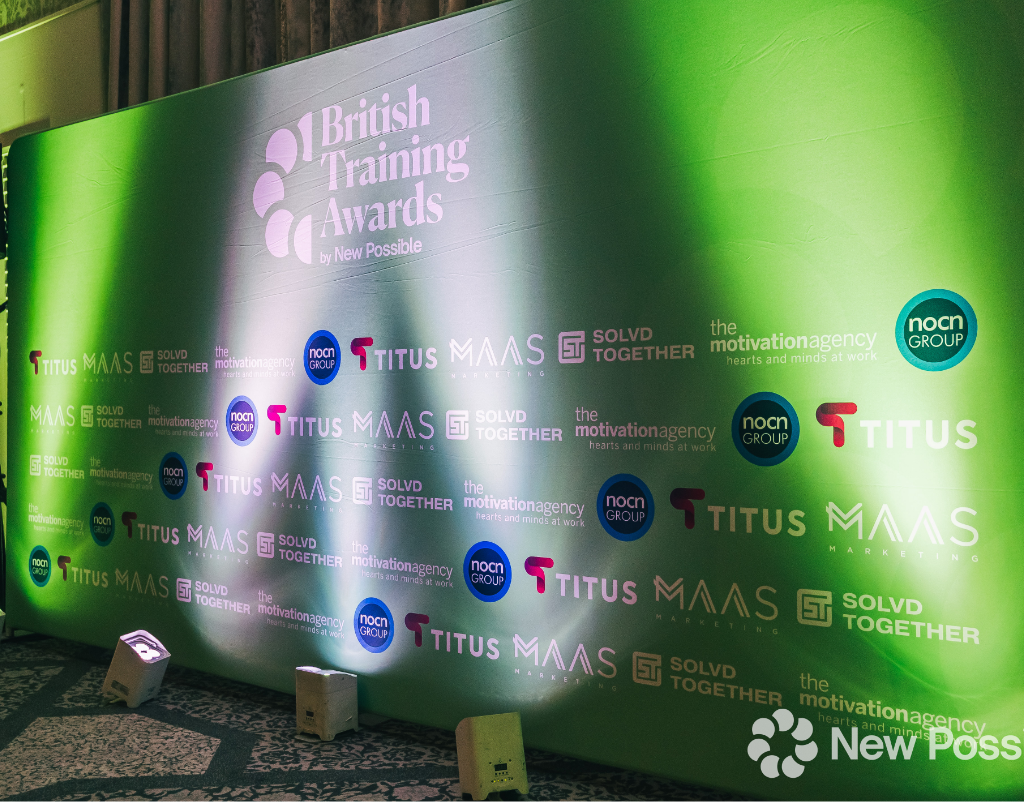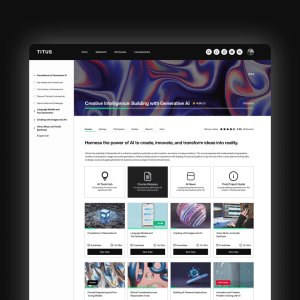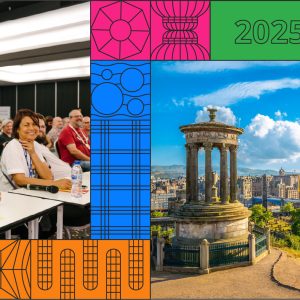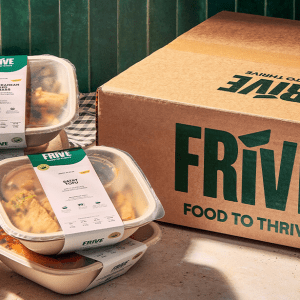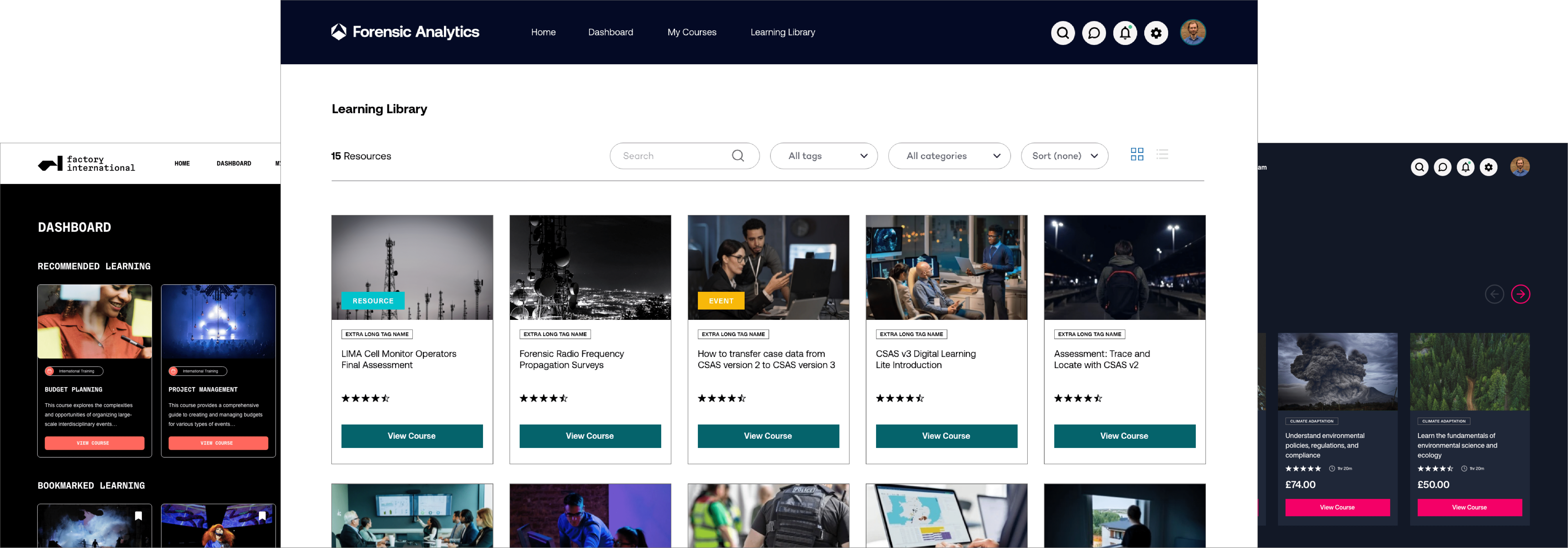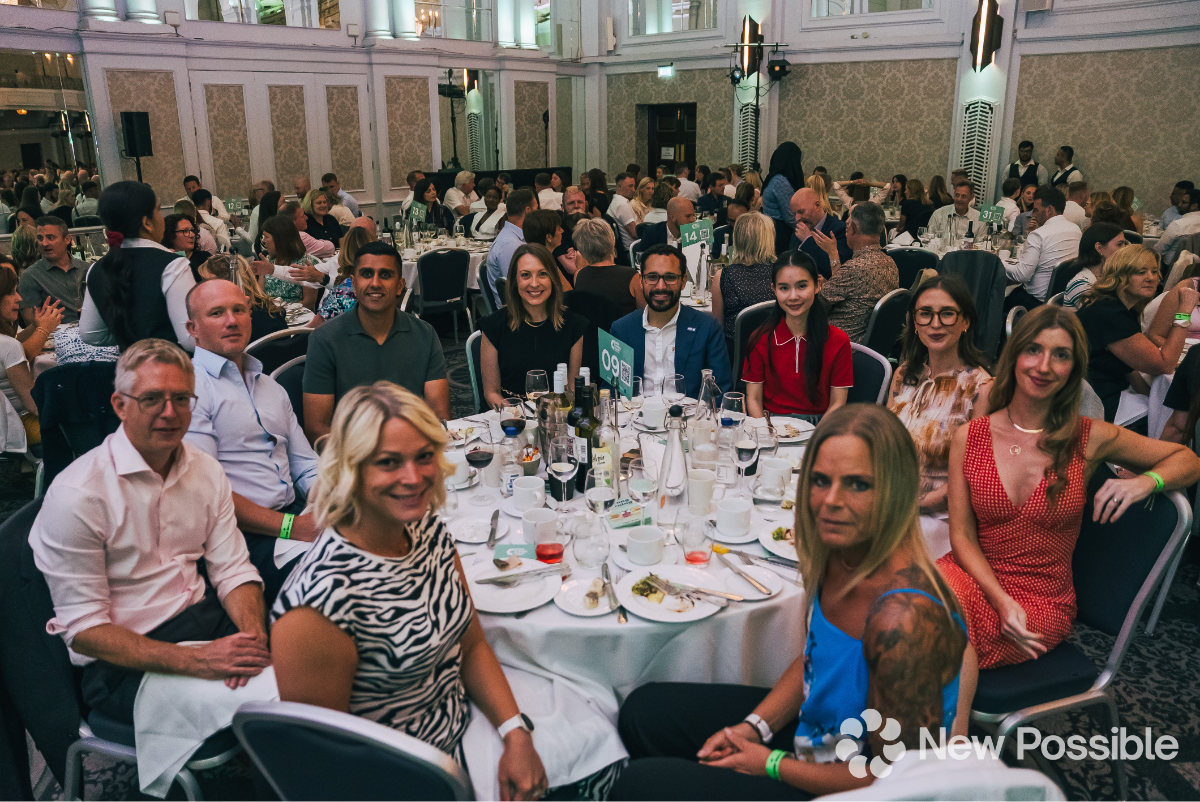
Continuous learning is no longer optional, it’s essential in today’s fast-changing world. As skills evolve rapidly and organisational needs shift overnight, employees and companies alike must embrace learning as an ongoing, integrated part of daily work.
At Titus, we were proud to sponsor this year’s British Training Awards 2025, an annual campaign hosted by New Possible that recognises and celebrates individuals and teams passionate about learning and development’s role in building a thriving workforce.
We had the honour of sponsoring the “Innovator of the Year” category (congratulations again to North West London Pathology on their well-deserved win!) and were humbled to be finalists in two other categories alongside CNN Academy. While we didn’t take home a trophy, being recognised among such inspiring innovators was a privilege.
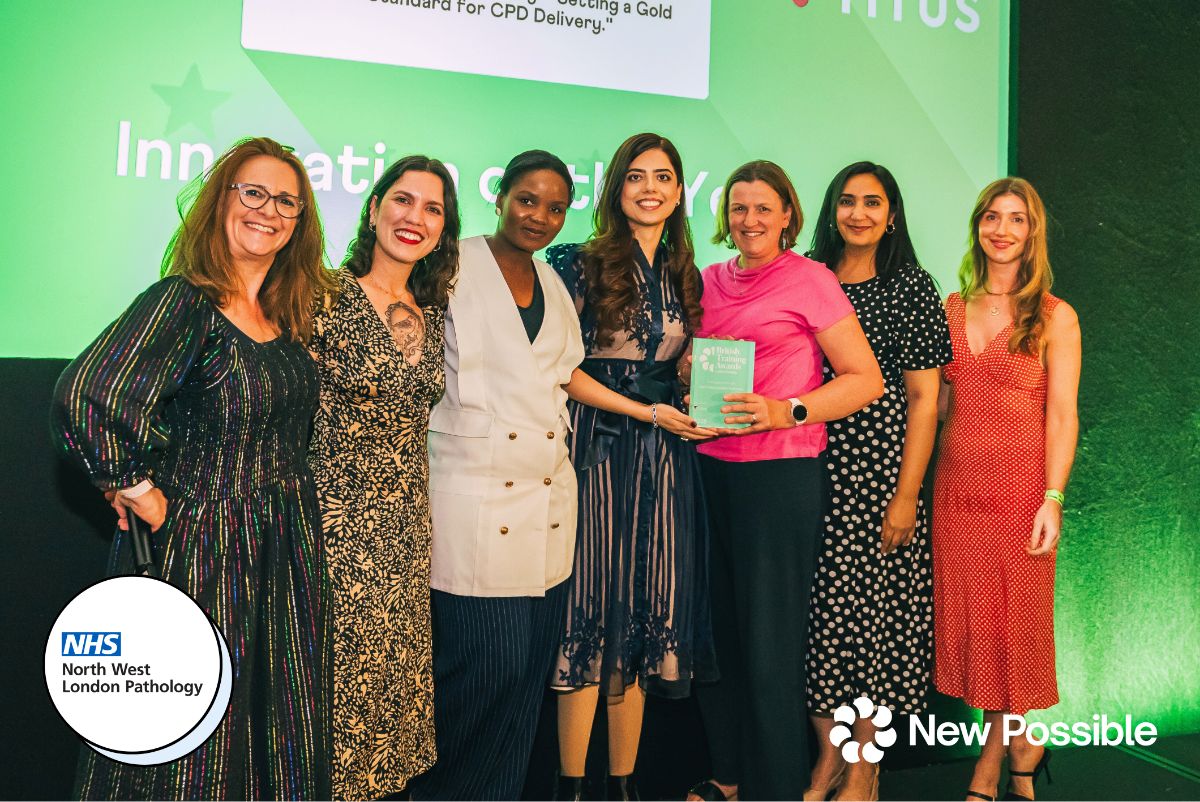
At the event, L&D leaders from organisations like Lloyds Bank, Nuffield Health, and METAMORPHOSISH shared fresh, people-centred strategies for cultivating a workplace learning culture. The common thread? A shift away from isolated training sessions toward learning that is embedded in the everyday, driven by curiosity, human connection, and a sense of community.
Here’s what we learned, and practical tips to help you build a culture of continuous learning that actually sticks.
Why Continuous Learning Matters More Than Ever
The world of work is evolving faster than ever. New roles that didn’t exist five years ago are now in high demand. As technology accelerates, employees and organisations must commit to lifelong learning to stay relevant.
But it’s about more than just skills. The real opportunity is cultivating a mindset where employees don’t just react to change but are energised by it. This mindset grows when people stay curious, make time to reflect, and openly share knowledge.
What We Learned from Lloyds Bank, Nuffield Health & METAMORPHOSISH
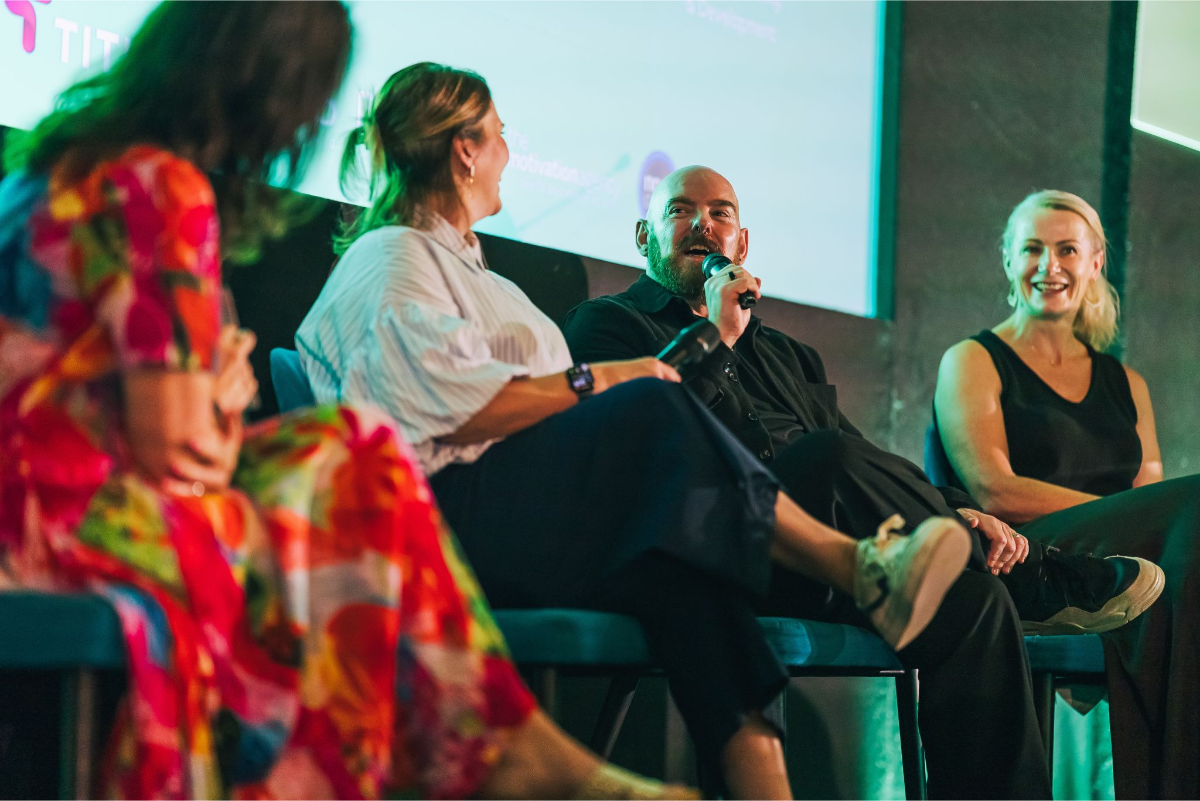
1. Lloyds Bank: Make Time for Learning
Gemma Paterson from Lloyds Bank introduced a weekly initiative called “Deal Time” – a protected hour each week that employees use exclusively for learning.
Key takeaway: To build a learning culture, you must protect time for learning within the working week.
2. Nuffield Health: Understand Different Learner Types and Tailor Your Approach
Shannon Drew from Nuffield Health described three types of learners in the workplace:
- Those who have to learn (for compliance or qualifications).
- Those who want to learn (self-motivated).
- Those who just do their job (less engaged, 9–5 mindset).
Each group requires different engagement strategies. Peer influence and social learning are especially effective in motivating the less engaged group, encouraging knowledge sharing and collective growth.
Key takeaway: One-size-fits-all learning doesn’t work. Tailor your learning experiences to meet different needs and motivations.
3. METAMORPHOSISH: Bring the Human Side Back to Learning
Dr. Paul Taylor-Pitt from METAMORPHOSISH reminded us that learning is fundamentally human. It should be collaborative, empathetic, and community-led. Encouraging people to share their learning journeys, including mistakes, builds trust and creates a safe environment where everyone can grow.
Key takeaway: Learning thrives when it’s social, authentic, and reflective, not just transactional.
From Content to Community: The Future of Workplace Learning
While technology keeps evolving, human needs remain constant. People come to work seeking meaning, connection, and purpose.
The next frontier in learning is less about pushing more content and more about building meaningful learning communities. These are spaces where employees are encouraged to:
- Slow down and reflect on what they’re learning.
- Share openly, including uncertainties and questions.
- Take initiative and lead learning, regardless of job title.
Learning Culture Drives Retention and Engagement
Investing in learning isn’t just about developing skills, it’s a powerful way to boost retention. But to succeed, learning must align with what employees truly want.
That means:
- Listening carefully to employee needs through research and feedback.
- Tracking learning preferences and behaviours.
- Designing learning experiences that feel timely, relevant, and meaningful.
Quick Tips to Build a Learning Culture That Works
✅ Schedule learning time: Protect it on the calendar
✅ Celebrate learning openly: Share success stories and even failures
✅ Empower everyone to lead: Give people ownership of their own learning journey
✅ Make learning social: Use communities of practice, buddy systems, or lunch-and-learns
✅ Stay curious and responsive: Learning culture is never static, it grows as you do
At Titus, we believe learning is about more than performance; it’s about making work more human.
When learning becomes part of everyday work, curious, connected, and collaborative employees feel empowered to lead, grow, and thrive.
If you’re looking to build a stronger culture of continuous learning in your organisation, the insights from BTA25 are a great place to start.
👉 Want help bringing these ideas to life? We’d love to talk.



